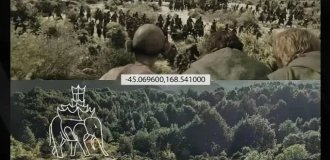The most brutal football and 5 other amazing facts about the Mayan civilization (7 photos)
Why is there a monument to a Soviet scientist in the Mayan homeland and how looked like the most brutal football in history: these and other facts about Maya civilization. 
The Maya were one of the cradles of civilization, along with Mesopotamia, Egypt and others. We already know a lot about these Indians: the Maya had their own calendar, script, traditions, and even their own sports that are still played today.
The Maya had over 40 cities
The Mayan people in their heyday had about forty cities, including Tikal, Chichen Itza, Uxmal, Palenque. IN different settlements lived from 5 thousand to 50 thousand people, for the ancient civilizations are just gigantic numbers. The total population of the Maya in the classical period reached 2 million people: this is comparable to the number modern Slovenia. 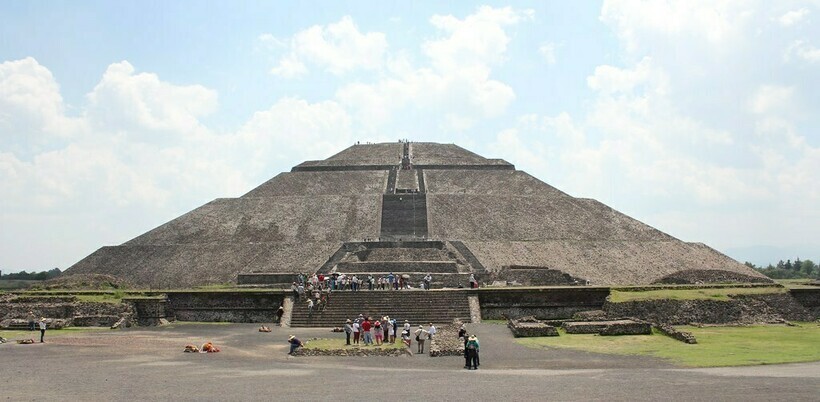
Mayan cities yet to be discovered
Scientists believe we have yet to discover Mayan cities: Artifacts are still being discovered today. For example, in 2014 they found 2 cities: Tamchen and Lagunita. Also, the lost settlement was found in the jungles of Guatemala in 2018. 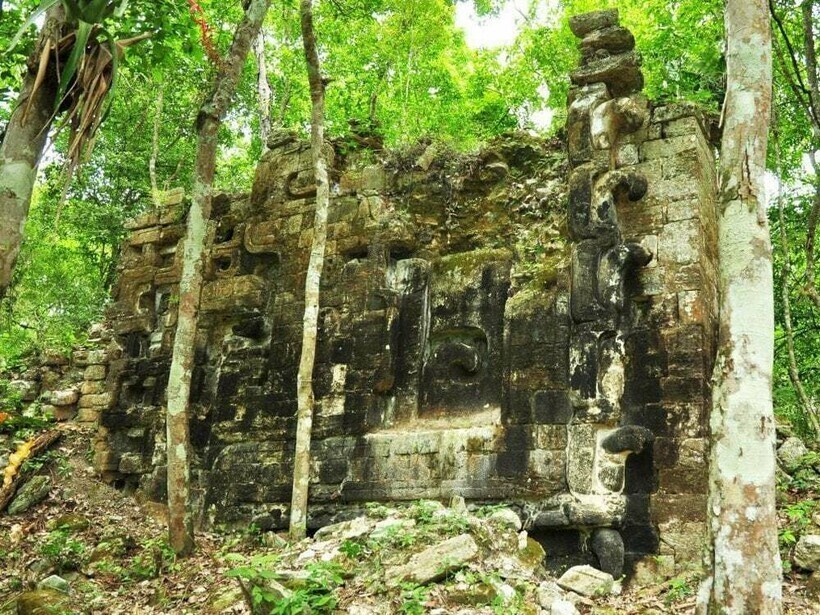
Mayan pyramids are bigger than Egyptian ones
Some pyramids in Mesoamerica are much larger in their own way. volume than the famous pyramids of Egypt. So, the largest pyramid located in the city of El Mirador in Guatemala. It's called La Danta: and although it is 72 meters high (the pyramid of Cheops is 146 meters), its volume is 2.8 million cubic meters m. This means that this is the largest ancient structure planets. Alas, La Danta, like El Mirador itself, is not particularly famous, so how the ancient city is hidden by the dense jungle of Guatemala, you can get here only with a very experienced guide. 
An advanced writing system that amateurs figured out
The Maya had a very developed writing system: it consisted of over a thousand hieroglyphic characters. For example, this is exactly the number of Chinese characters used in 92% of daily print publications in China. Mayan writing has been a mystery for centuries, and it was solved by a scientist from the USSR, who had never been in cities Mesoamerican, and an amateur linguist. The first was Yuri Knorozov, in 1963 he published a monograph on the writing of the Maya. In Guatemala he managed to visit only in 1990. 
The next stage in the study of Mayan writing was the work Tatyana Proskuryakova, who was born in the Russian Empire, but in moved to the States as a child. She was an archaeologist and with the help of the works Knorozova was able to identify the names of the Mayan emperors, and then decipher their writing.
Only 4 books came from the Maya
The Spaniards, who captured the lands of the Maya Indians, sought destroy the heritage of the ancient people. So, in 1562 the Spanish Bishop Diego de Landa burned thousands of Mayan artefacts, including manuscripts. Only a few written monuments have survived to this day: Parisian, Madrid and Dresden codes. They played a key role in deciphering the Mayan script, Knorozov also worked with their copies. A few years ago, another monument was also recognized as authentic. Mayan script - Grolier code. 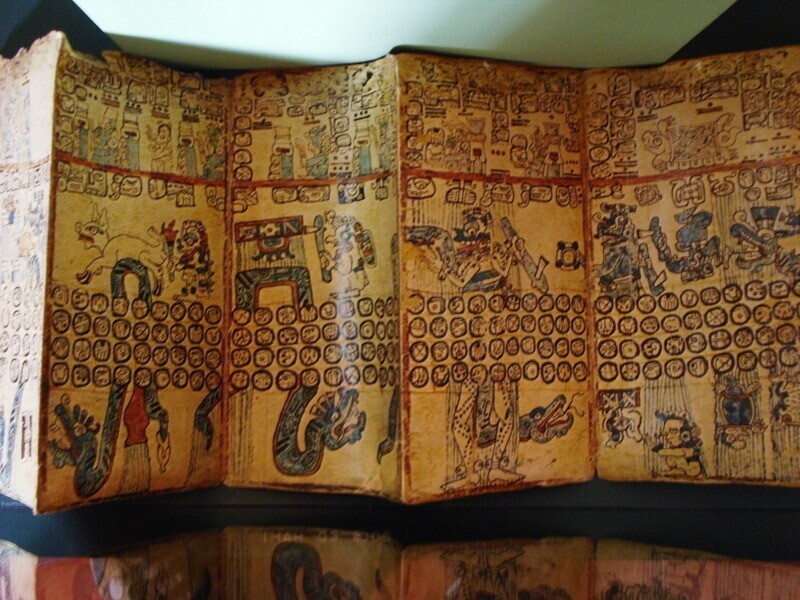
Maya had their own football with very cruel rules
The game of tlachtli, of course, only remotely resembles football. There are playgrounds in many Mayan cities, which indicates popularity this game. The idea was to keep the ball on the ground platforms, while using only the hips to strike. The game was cruel for two reasons: the ball was very heavy, about 4 kg (for example, a soccer ball weighs about 400 g). So with such a weight it was possible easy to get injured. Well, the second reason can shock the modern a man - the captain of the losing team was sacrificed. Your fate he received with dignity. This tradition shows once again how the attitude to life and death is radically different between us and the ancients civilizations. 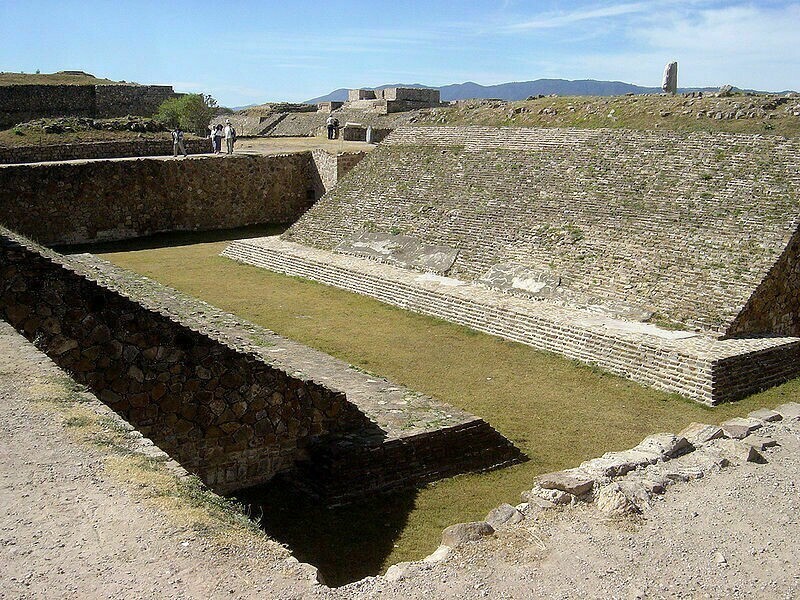
In fact, one article is not enough to talk about Maya traditions, there were many more interesting things in their culture: for example, they deliberately made their children cross-eyed, grinded their teeth, and their sacrifice was in the order of the norm.











